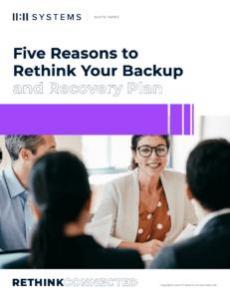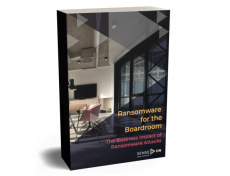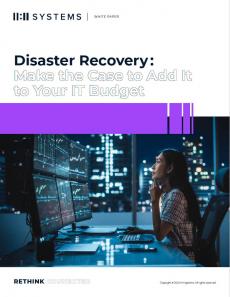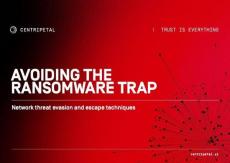Five Reasons to Rethink Your Backup and Recovery Plan
Your backups may be the most valuable assets your company owns, as they are the first line of defense in the face of threats - whether they're caused by mother nature or human nature. No matter what the disruption, the survival of your organization relies on your confidence in knowing your backups are readily available, sound, and most importantly, recoverable. Because without a recovery plan, your backups are essentially ineffectual.









